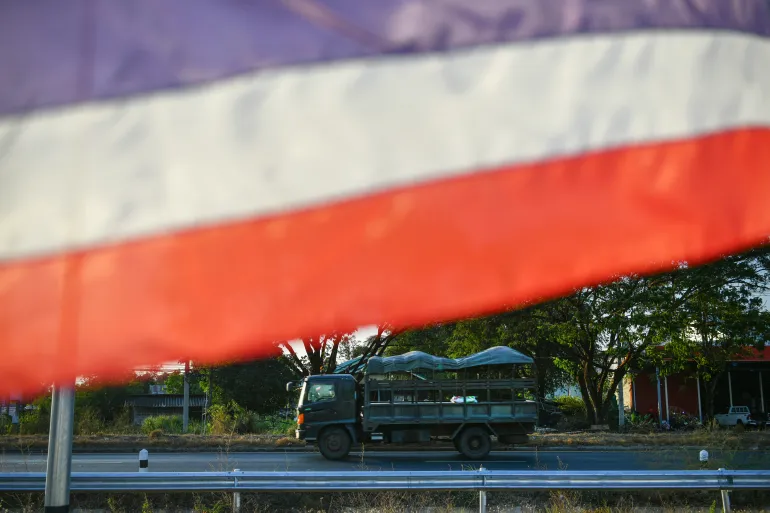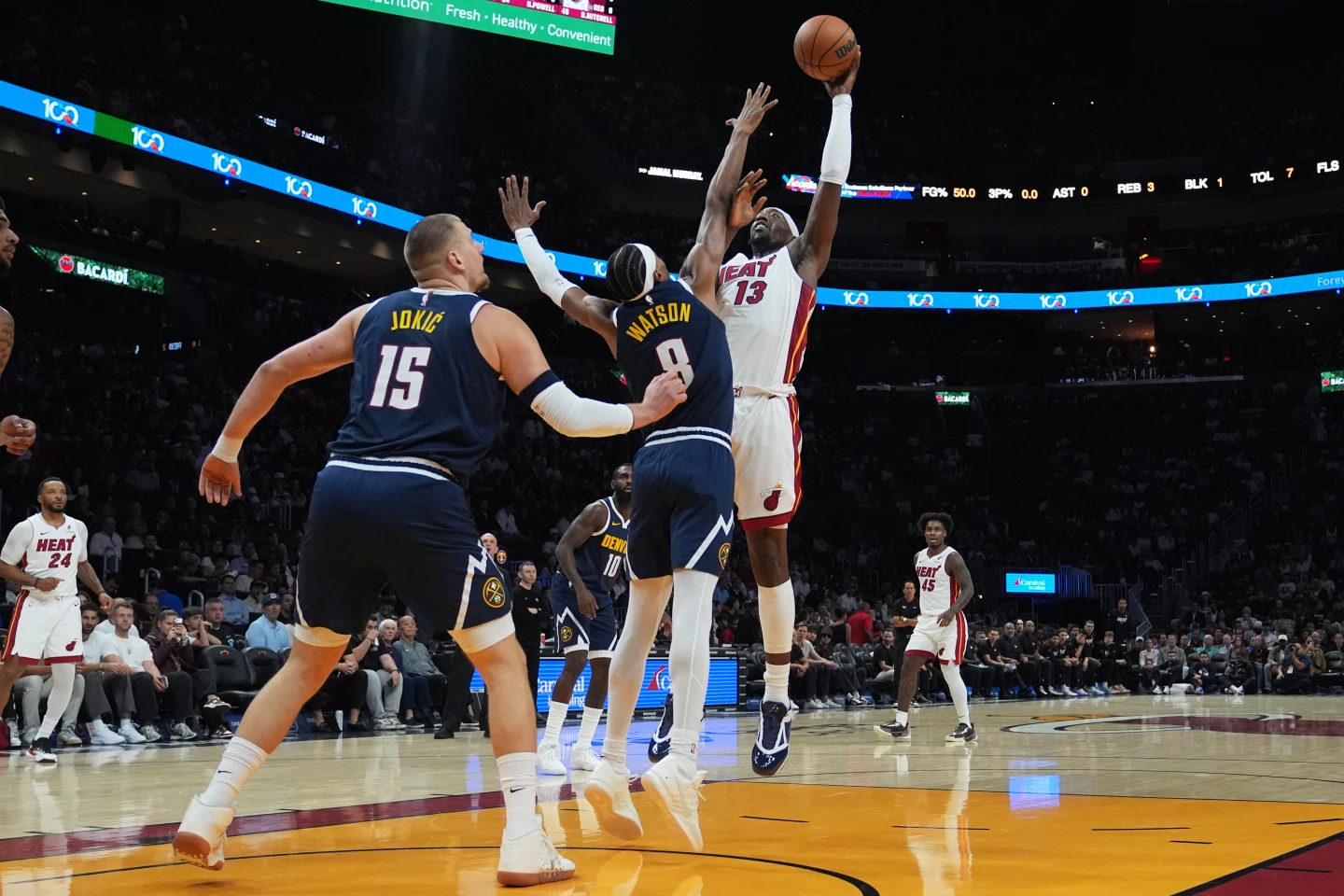Johnson & Johnson reported better-than-expected first-quarter earnings on Tuesday, even as the pharmaceutical industry faces potential disruption from the Trump administration’s latest trade moves, Bloomberg reports.
The healthcare giant also reaffirmed its full-year guidance, signaling confidence in its diversified portfolio despite looming tariff concerns.
Adjusted earnings rose 2.2% to $2.77 per share, exceeding analyst forecasts, while revenue reached $21.9 billion, also ahead of Wall Street expectations. The company maintained its 2025 adjusted earnings outlook between $10.50 and $10.70 per share, a range that includes a 25-cent-per-share charge tied to its recent $15 billion acquisition of Intra-Cellular Therapies, a maker of treatments for bipolar depression.
The earnings report arrives just one day after the Trump administration launched a federal investigation into pharmaceutical imports — widely seen as a precursor to imposing tariffs on foreign-made drugs. While this has stirred concern among industry observers, Johnson & Johnson’s Chief Financial Officer Joe Wolk struck a cautiously optimistic tone.
“In some respects, it could very much be good news,” Wolk said in an interview.
He noted that many imported medicines are lower-cost generics rather than the innovative therapies J&J develops, suggesting the company could be less vulnerable than others to policy changes.
“The last thing anybody wants is to deny a cancer patient the oncology therapeutic that will help them not only cope with the disease but conquer it.”
Nonetheless, the prospect of tariffs is likely to remain a key issue for J&J and the broader pharmaceutical sector. While drugs were excluded from the administration’s initial tariff lists, officials have signaled that levies on the industry may be introduced in the coming months.
J&J’s performance in its key pharmaceutical division helped bolster the quarter. Blood cancer drug Darzalex brought in $3.2 billion in revenue, while autoimmune treatment Tremfya generated $956 million — both exceeding analyst expectations. However, the company continues to face a patent cliff, particularly with Stelara, its second-largest drug, which is facing generic competition in the US and Europe.
Outside of pharmaceuticals, the medical devices division delivered $8 billion in revenue, slightly below projections. This segment, along with pharmaceuticals, could be affected by future tariffs, given J&J’s extensive global manufacturing footprint.
J&J is also navigating legal challenges, including the recent rejection of its proposed settlement plan for thousands of talc-related lawsuits. Despite this, the company’s stock rose modestly in premarket trading following the earnings announcement and has gained 6.7% so far in 2025.
In an effort to bolster its US presence, Johnson & Johnson announced last month that it would invest more than $55 billion domestically over the next four years. The company has not disclosed how the funds will be distributed but said they will support manufacturing, research and development, and technology initiatives.










The latest news in your social feeds
Subscribe to our social media platforms to stay tuned